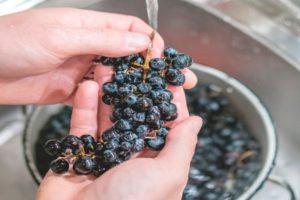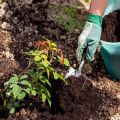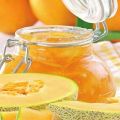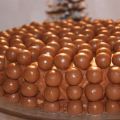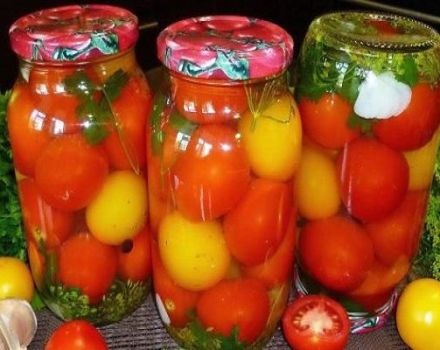How to properly use a household wine-sugar meter, instructions and table
Making alcohol at home is exciting and challenging. Such a hobby allows you to produce your own, natural product, and not buy a "pig in a poke". Winemakers have come up with many useful tools that help to make high-quality and tasty products. One of these inventions is a household wine-sugar meter, but not everyone knows how to use it correctly. Let's figure it out together.
How it works and what it is for
Many novice winemakers do not understand how this device works and what its main functions are. Because of this, they prefer to manage on their own, making all calculations by eye. In some cases, this approach pays off, but most experiments turn out to be unsuccessful or not as good as they could be.
In order not to get into a similar situation, let's figure out the main function of the sugar meter, because it is extremely simple - the device shows the density of the sugar content in wine.
The wine meter differs from the sugar meter by the presence of an additional scale of divisions, which allows you to measure the amount of alcohol in a liquid.
It works like this:
- the device is immersed in a liquid, and Archimedes' law begins to act on it;
- since different liquids have different densities, the sugar meter will submerge in them to different depths;
- in the future, it is enough to check the obtained value with a special table, and you will get an idea of the current state of the produced drink.
Note! Wine meters, due to their versatility, show less accurate values than sugar meters. Consider this when brewing alcohol at home.
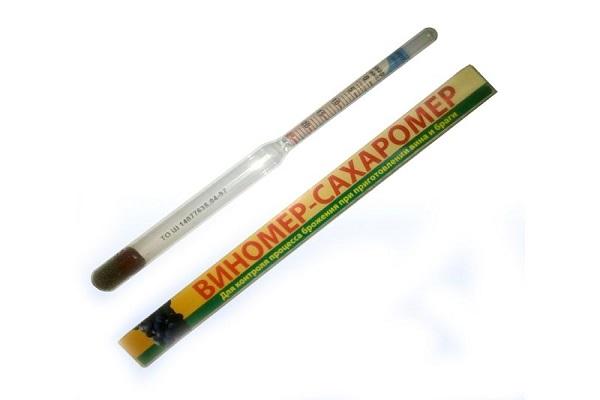
Types of devices
There are many different modifications of hydrometers, but only two are used in home production:
- Household wine tester. Allows you to measure the strength of an alcoholic drink and the amount of sugar it contains. Two scales of divisions are applied to it at once, one of which is responsible for the strength of the drink, and the other for its sugar content. The main disadvantage of the device is its low accuracy. However, this does not prevent winemakers from using it for the production of wine and other spirits, if they are made for home consumption. In this case, the error can be neglected, especially since it is not as significant as many think.
- Sugar meter brand AS-3. A high-precision drip device that allows for the most reliable calculations. The required values are determined with an error of 0.5. At a wine meter, this error reaches 3% per measurement.To do this, you need to take the readings after immersing the sugar meter in the liquid, and then carry out the calculations using a special table.

How to use a succinometer wine meter correctly
Let's take a look at the instructions for use on the example of a wine meter, as a more versatile meter than a sugar meter. The algorithm of actions is as follows:
- We measure the initial gravity of alcohol. We measure before adding yeast. Recommended gravity values vary depending on the type of alcohol produced. For the manufacture of mash, the indicators should vary around 17-20%. If it is supposed to use alcohol-based yeast, the percentage of sugar content increases to 20-30%. The wine should have an initial gravity in the region of 10-30%. Keep in mind that the yeast used to make wine can only ferment 20% of the total sugar. The rest of the amount will remain in your wine, determining its final grade. When brewing beer, keep the gravity between 6-19%.
- We give the alcohol to ferment, after which we take a second measurement in order to determine the current percentage of density.
Note! As soon as the indicators stabilize and stop changing within 2 days, fermentation is considered complete.
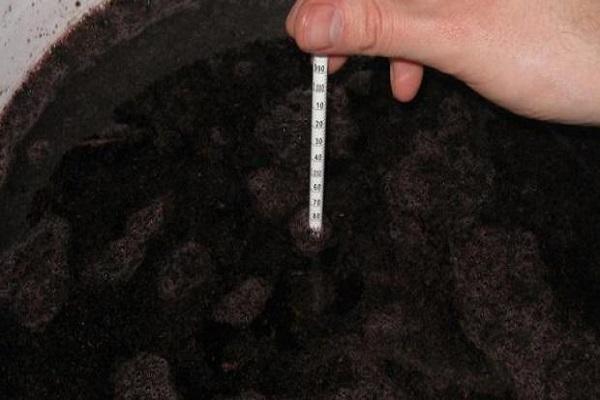
Interpretation of measurements
It is easy to interpret the sugar meter readings obtained during the measurement. For this it is enough:
- take the current density readings;
- translate them using a special table.
The table comes with the device and looks like this:
| Serial No. | Alcohol (% Total) | Density by hydrometer (%) |
| 1 | 0,5 | |
| 2 | 0,25 | 1 |
| 3 | 0,5 | 1,5 |
| 4 | 0,75 | 2 |
| 5 | 1 | 2,5 |
| 6 | 1,25 | 3 |
| 7 | 1,5 | 3,5 |
| 8 | 1,75 | 4 |
| 9 | 2 | 4,5 |
| 10 | 2,25 | 5 |
| 11 | 2,5 | 5,5 |
| 12 | 2,75 | 6 |
| 13 | 3 | 6,5 |
| 14 | 3,25 | 7 |
| 15 | 3,5 | 7,5 |
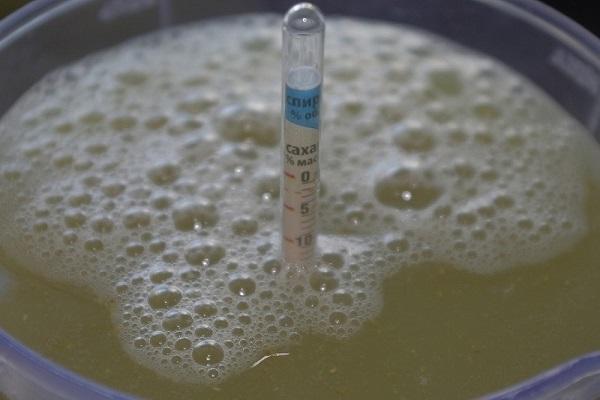
Factors affecting performance
The following factors influence the indicators:
- alcohol temperature. The reference temperature is considered to be a mark of 20 about... Any deviations from it distort the readings of the device, which must be taken into account in the calculations;
- bubbles of carbon dioxide released by the liquid during fermentation. They stick to the hydrometer, raising it above the norm. Experts recommend rotating the device slightly from side to side when diving. This will help to avoid excessive sticking of bubbles and smooth out the measurement error;
- the amount of alcohol. The higher the alcohol content, the lower the float sinks.
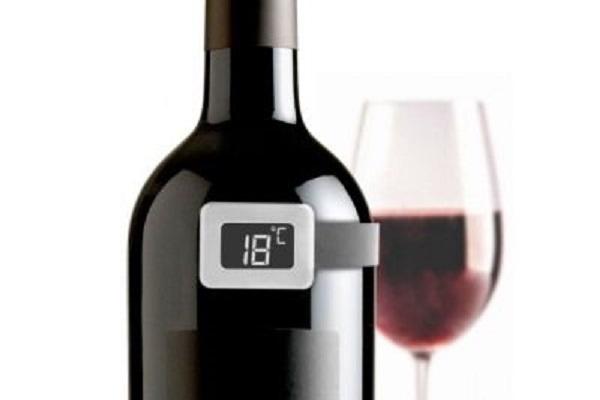
Accuracy check
To test the accuracy of your hydrometer, immerse it in distilled water at a temperature of 20 about... If the device works correctly, it should be submerged in the water to the zero mark. If the float sticks higher than usual, apply nail polish or tape on the top of it.
With a strong subsidence of the sugar meter, you will have to cut off its top a little. Do this carefully so as not to harm yourself and others.
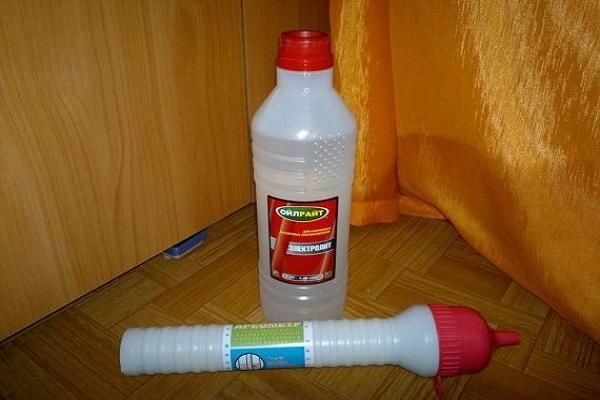
How to make a do-it-yourself sucrose meter
Making a wine tester is not difficult. For this you will need:
- find a glass tube with one end sealed;
- immerse it in water whose temperature is 20 about;
- add small pieces of metal inside the tube until it sinks almost to the very bottom. Note that you do not need to touch the bottom;
- mark the strip at the water level and set it to 0;
- we move the tube into a container with 100 milliliters of water, in which 25 grams of sugar are diluted;
- make one more mark and sign it with the number 25;
- mark the gap between 0 and 25 into equal parts;
- the device is ready.
